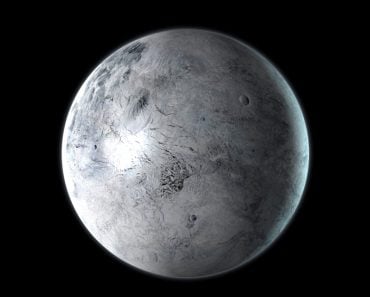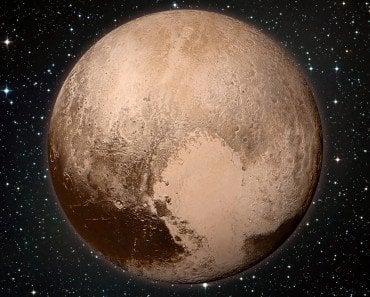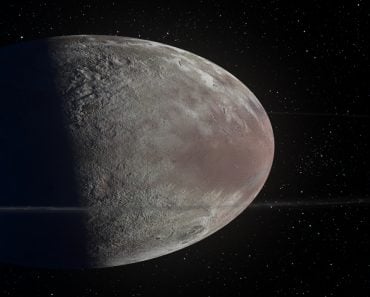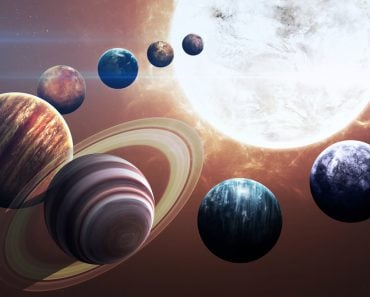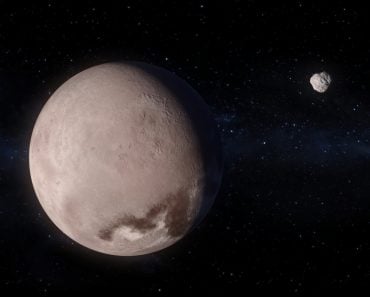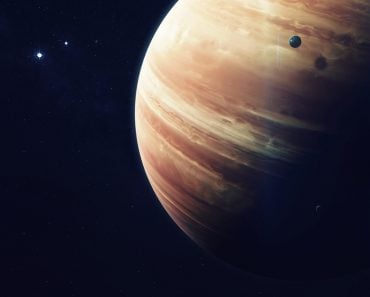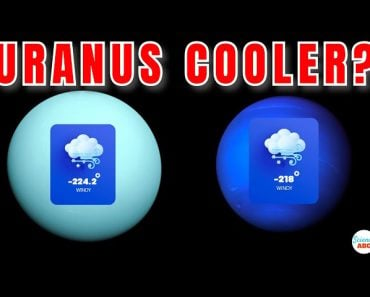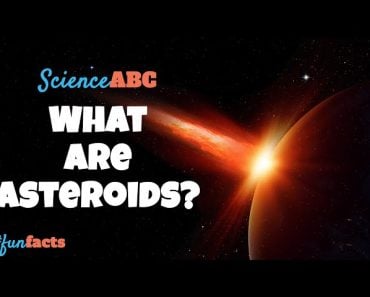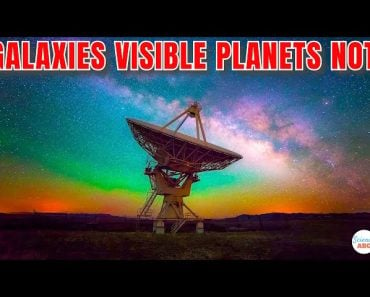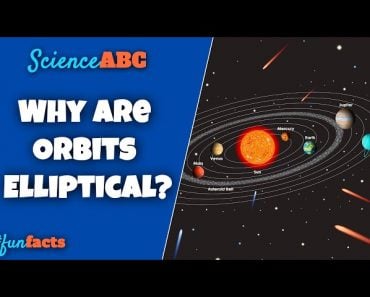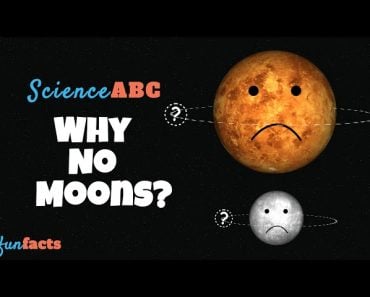Table of Contents (click to expand)
The concept of dwarf planets is a recent one; earlier in astronomical history, planets were not differentiated. After guidelines were passed by the IAU, dwarf planets became a separate category, of which Pluto is a part. This is why Earth’s outermost planet got ousted from the list of main planets in the solar system.
For a long time, it was believed that there were nine planets in our solar system. Pluto, the ninth planet, was thought to be larger than Mercury, but upon further observation, it was found to be a much smaller celestial body. In truth, it is 20 times smaller than Mercury, which led astronomers to rethink its place in our solar system.
Pluto is now classified as a Dwarf planet, a category that has only recently been introduced to the astronomical lexicon. It shares this category with other planets that have similar criteria for their classification. Their characteristics give us a better picture of what makes up our solar system, as there was a time when all the dwarf planets were being considered for actual planet status. Having 12-15 planets in the solar system would have been a bit much!
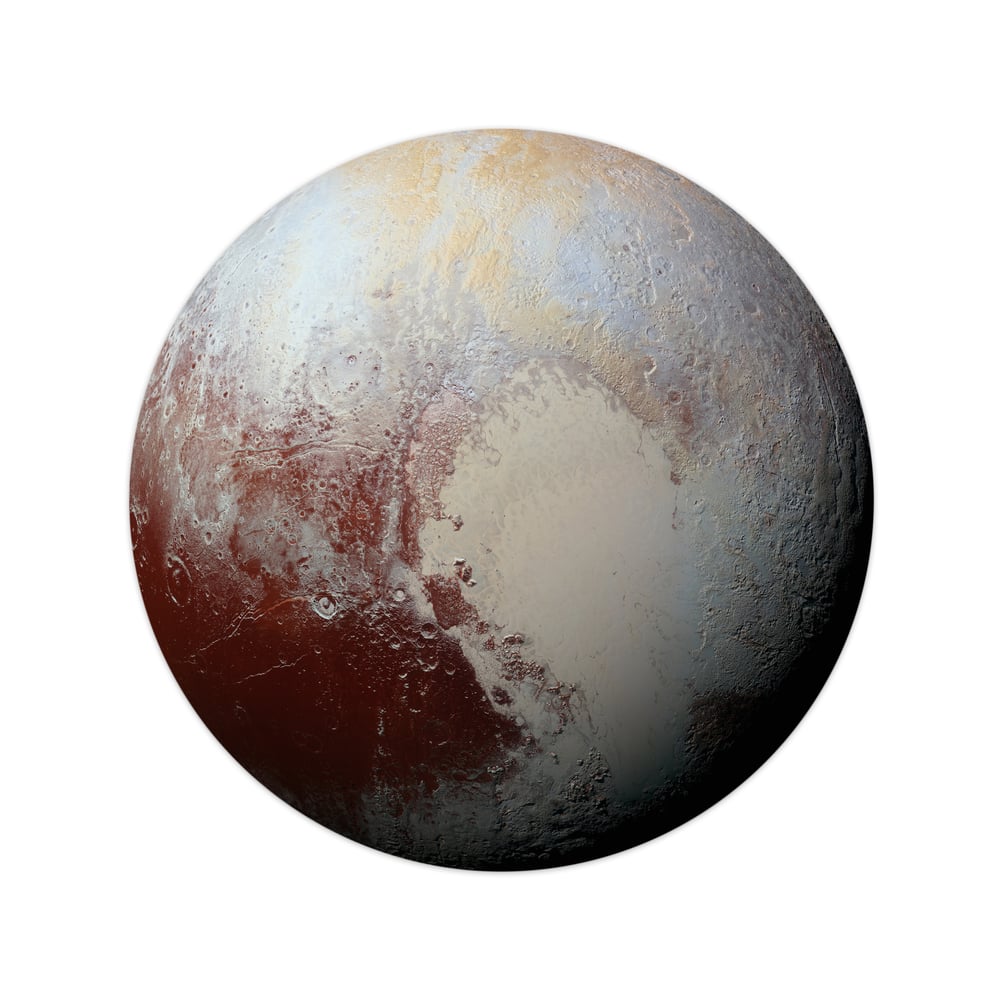
To get a better idea of their role in our solar system, let’s take a closer look at their occurrence and significance.
Recommended Video for you:
Origin
Between 1801 and 1851, astronomers began finding celestial bodies like Ceres between the belt of Mars and Jupiter. They were calling all of these findings “planets”, so the solar system’s planet count rose to 23. Astronomers soon started calling these bodies ‘asteroids’ and stopped classifying them as planets.
Pluto was discovered in the year 1930, resulting in the widely held notion of 9 planets in the solar system. For about 50 years, Pluto was thought to be much larger than Mercury, but in 1978, with the discovery of Pluto’s moon Charon, Pluto’s mass could be more accurately calculated, at which point we realized that it was much smaller than Mercury.
In the Kuiper Belt—a belt of celestial bodies starting after Neptune (much like the asteroid belt between Mars and Jupiter, but 20 times larger)—astronomers began finding other Pluto-sized objects that shared its physical characteristics. Due to their similarity to Pluto, they either had to add these new objects to the list of planets, or remove Pluto from the list of planets!
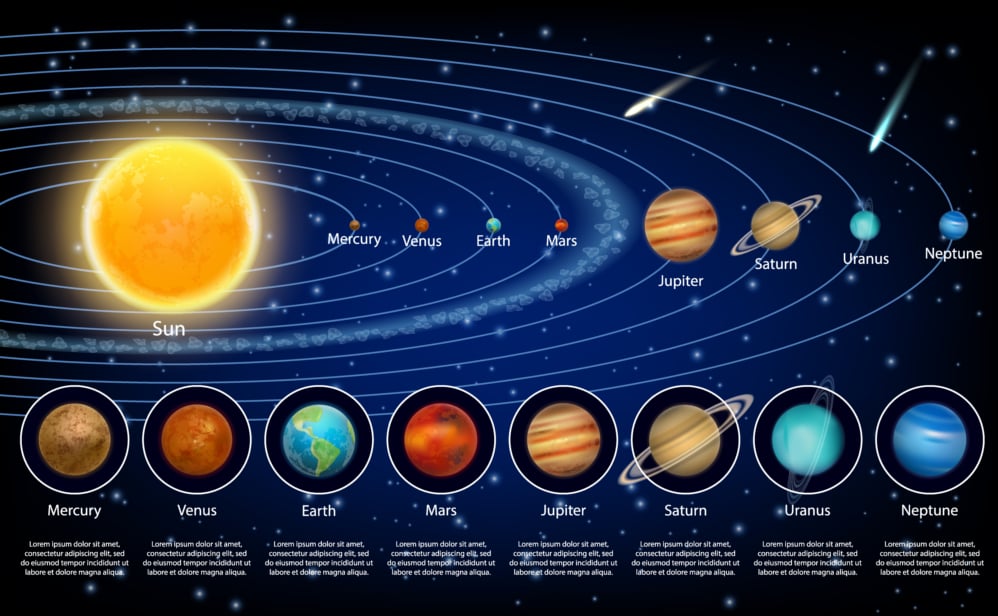
The discovery of Eris in 2003 proved to be the last straw, as it was slightly bigger than Pluto, so the need for better classification became apparent. The IAU issued a classification system that provided guidelines for the appropriate discernment of many known celestial bodies and for new objects discovered in the future. The guidelines differentiate between dwarf planets and regular planets by their distinct characteristics, and Pluto was ousted in this process.
Characteristics Of A Dwarf Planet
According to the guidelines outlined by the IAU, a celestial body is considered to be a dwarf planet when it fulfills all of the following criteria:
- Orbits the Sun: the Sun should be the primary body around which the dwarf planet revolves.
- Not a satellite: The dwarf planet should not be in orbit around any other celestial object in the solar system, nor should it be a moon of any planet.
- Hydrostatic Equilibrium: The dwarf planet should have enough mass for its self-gravity to overcome rigid forces and become a planet that is roughly round in shape.
- Has not cleared its neighborhood: The dwarf planet has not cleared the orbit of planetesimals, not has it cleared the gravitational forces of objects in its orbit, other than its satellite; this is the main criteria that differentiates a ‘dwarf planet’ from a ‘planet’.
Dwarf Planets In Our Solar System
Ceres
The asteroid belt between Mars and Jupiter consists of many rocky bodies; Ceres is the biggest of them and the 25th largest celestial body in the solar system. It was discovered by Giuseppe Piazzi in 1801 and was initially considered a planet, though later downgraded to an asteroid in the 1850s. Its radius is only 296 miles (476 km) and it orbits the Sun in 1,682 Earth days or 4.6 Earth years. Ceres also contains water, though signs of life have yet to be detected.
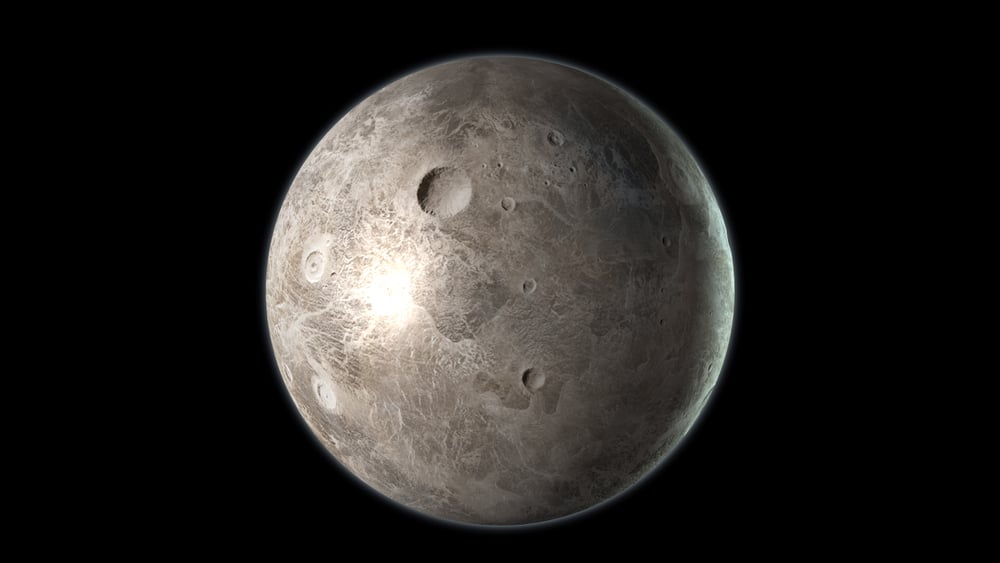
Pluto
Pluto is the most well-known dwarf planet of the Kuiper Belt, which lies beyond Neptune. It was discovered on February 18, 1930, and was classified as a planet for 76 years. The icy planet has 5 known moons—Charon, Nix, Styx, Kerberos, and Hydra. Pluto is 1,400 miles (2,380 km) wide, which is about 2/3 the size of Earth’s moon, and it takes 248 Earth years to orbit the Sun. Pluto’s atmosphere is very thin, made up of carbon monoxide, methane, and nitrogen.
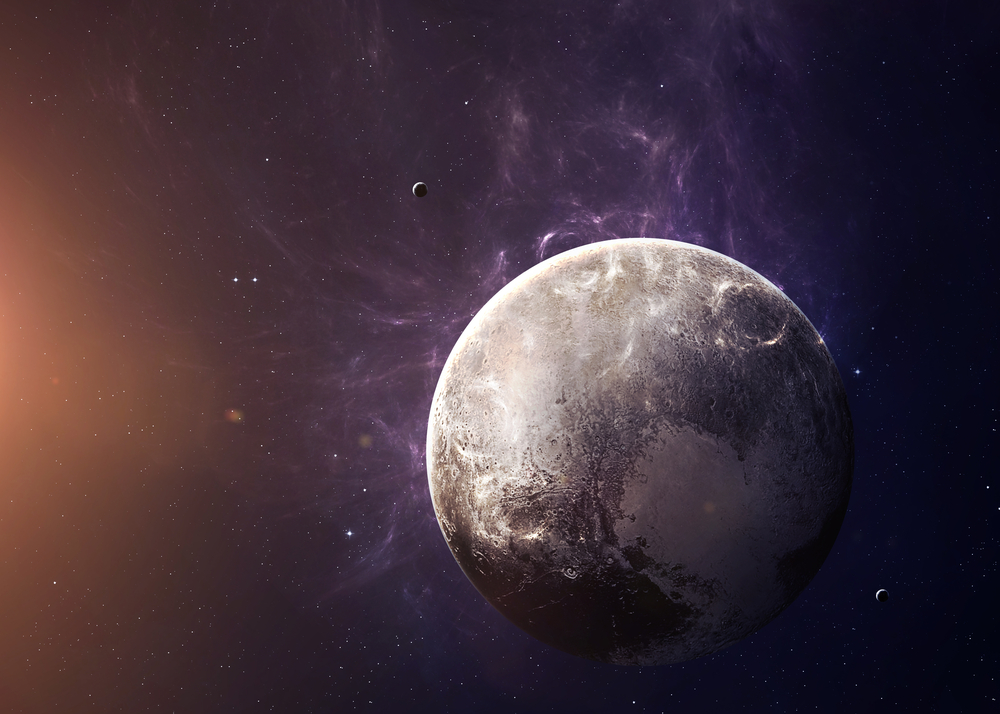
Eris
Eris is a recent discovery, one made by the Palomar Observatory in San Diego County in October 2003. It was the planet that sparked such intense debate over the proper definition of a planet, which resulted in the IAU differentiating between dwarf planets and regular planets. Its radius is 722 miles (1,163 kilometers), about 1/5 of Earth’s radius, and it takes 557 Earth years to make one orbit around the Sun.
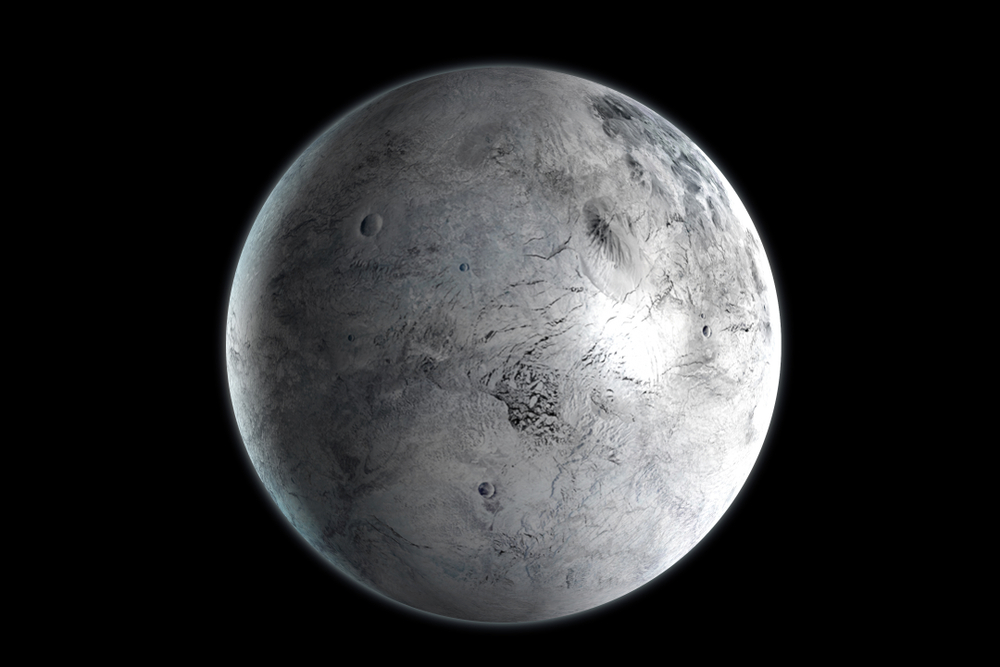
Haumea
Haumea is almost the same size as Pluto and is one of the most rapidly rotating celestial objects in our solar system. This rapid rotation makes Haumea’s spherical shape slightly elongated, so it ends up looking like a football. It was discovered by Spain’s Sierra Nevada Observatory in March 2003. Its radius is 385 miles (620 kilometers), which is about 1/14 of Earth’s radius. It takes 285 Earth years for it to orbit around the Sun.
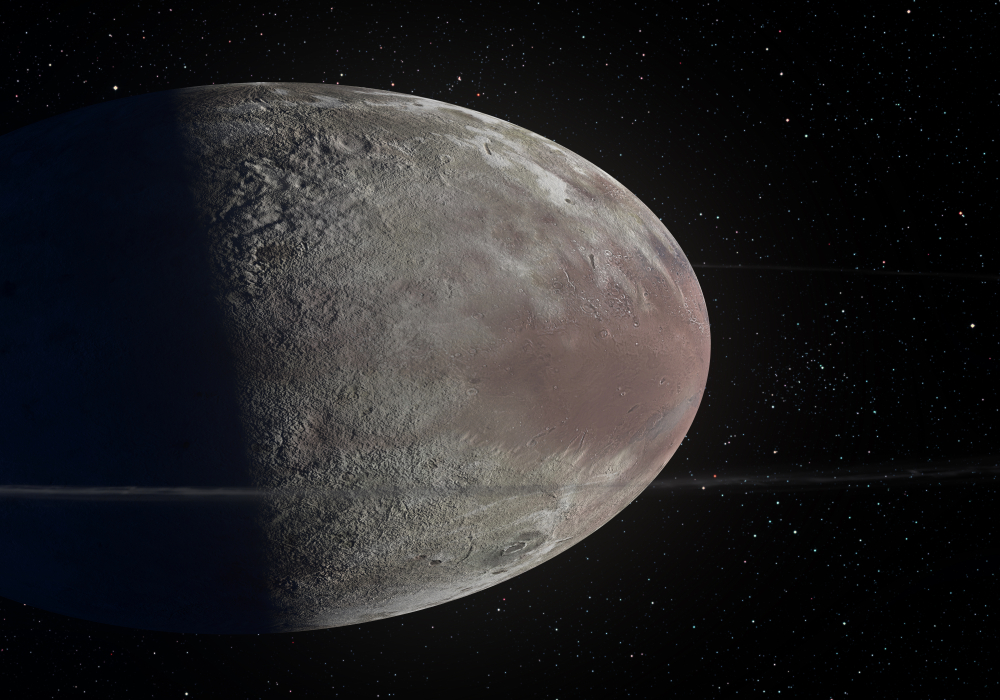
Makemake
Makemake is a resident of the Kuiper Belt, located beyond Neptune; when seen from Earth,it is the second brightest object in the Belt. Makemake’s discovery, together with Eris, was also responsible for the IAU categorization of dwarf planets, making its discovery an important astronomical landmark. Its radius is 444 miles (715 kilometers), which is about 1/9 of Earth’s radius, and it takes 305.34 Earth years for it to complete one orbit around the Sun.
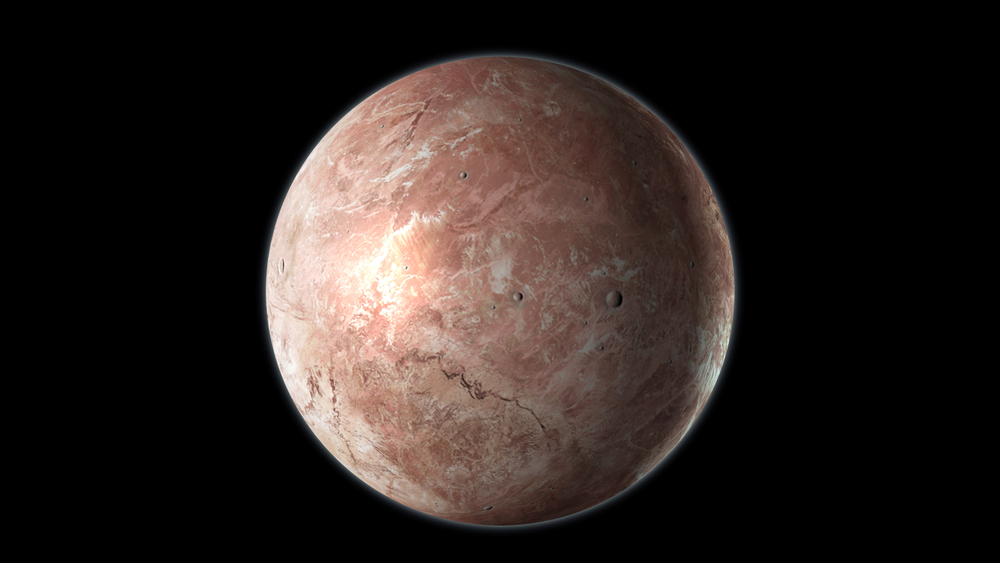
Quaoar
Quaoar is an icy Kuiper Belt dwarf planet discovered by the Palomar Observatory on June 5, 2002. It is 690 miles or 1,100 kilometers in diameter, making it about half the size of Pluto. It takes Quaoar 288 Earth years to orbit around the Sun and it has one known moon called Weywot.
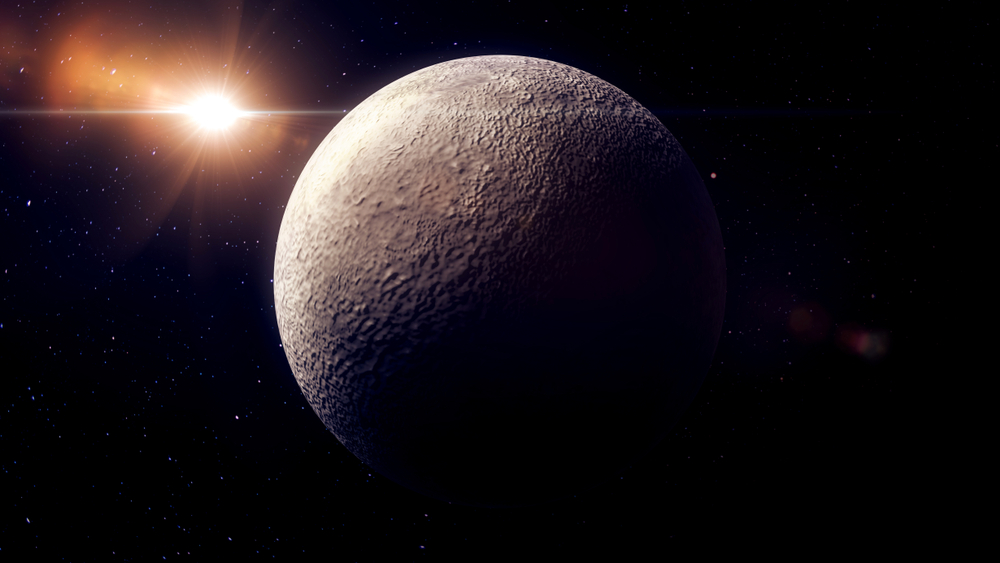
Sedna
Sedna is one of the furthest dwarf planets in the solar system, somewhere around 86 AU from the Sun (13 billion kilometers, 8 billion miles). Sedna is possibly the only trans-Neptune dwarf planet that does not have a moon. Its surface is a mixture of methane, water and nitrogen ices. It boasts a diameter of around 1,700 kilometers (about 1,000 miles), which makes it much smaller than Pluto. It also takes a staggering 10,500 Earth years to orbit around the Sun.
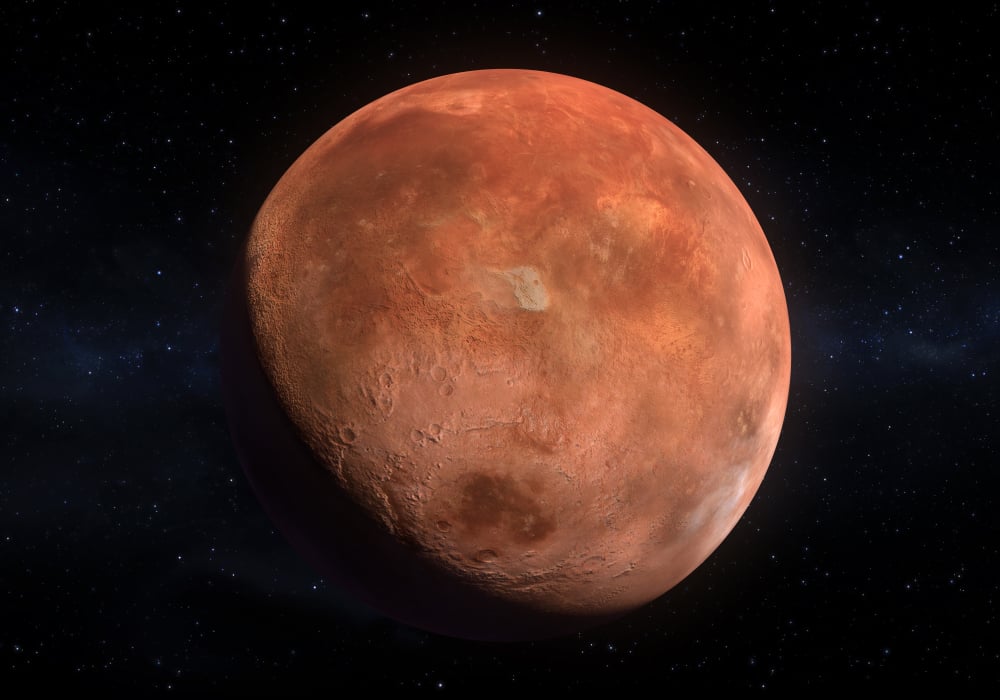
Orcus
Orcus was first discovered in 2004 and is one of the largest bodies in the Kuiper Belt, although it is smaller than Pluto. It has a similar orbit to Pluto and is called the ‘anti-Pluto’, as it is always located across Pluto’s orbit, making it opposite phased. It has a diameter of about 958.4 km (595.5 mi) and takes 246.06 Earth years to complete its orbit around the Sun.
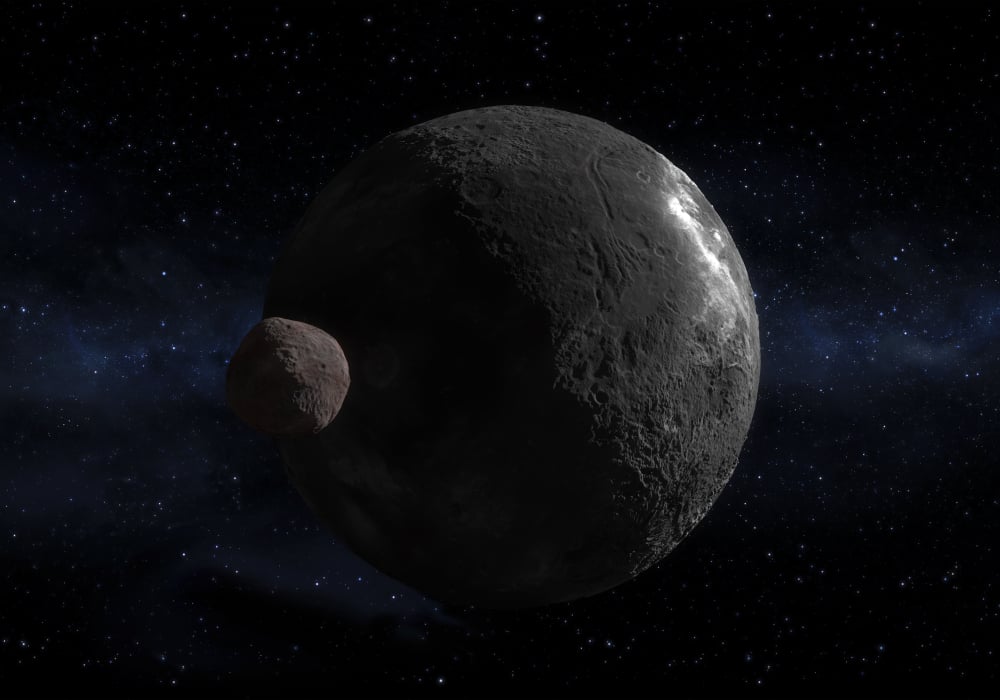
References (click to expand)
- (2007) what is a planet? - PhilSci-Archive. philsci-archive.pitt.edu
- What is a Dwarf Planet? - NASA. The Jet Propulsion Laboratory
- Overview | Planets - NASA Solar System Exploration. The National Aeronautics and Space Administration
- Dwarf Planets | NASA. The National Aeronautics and Space Administration

